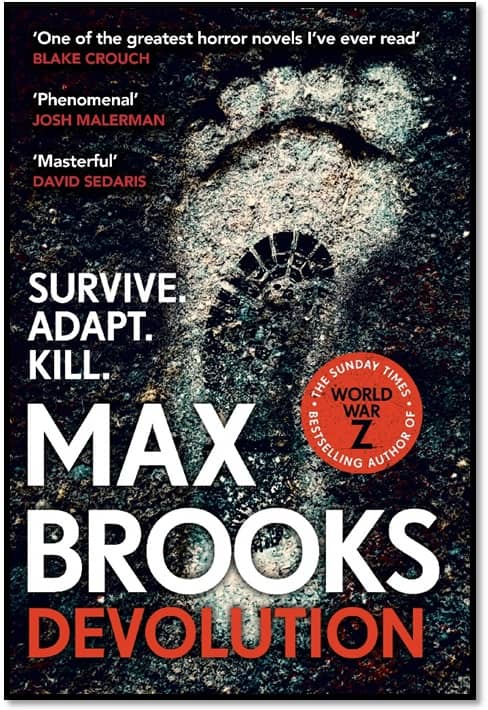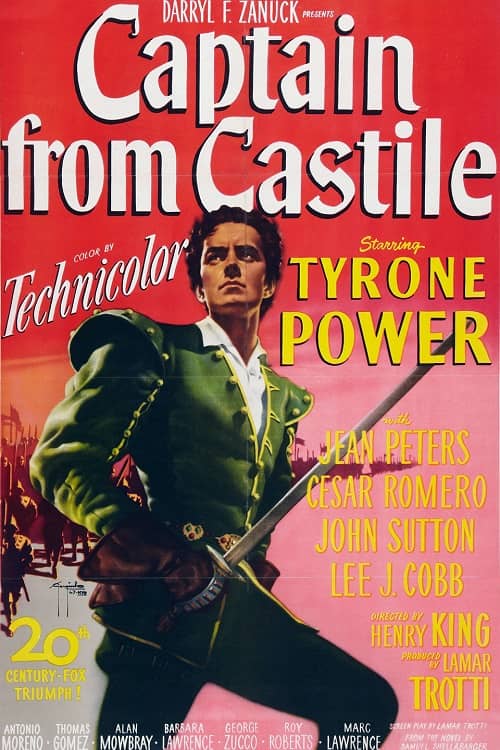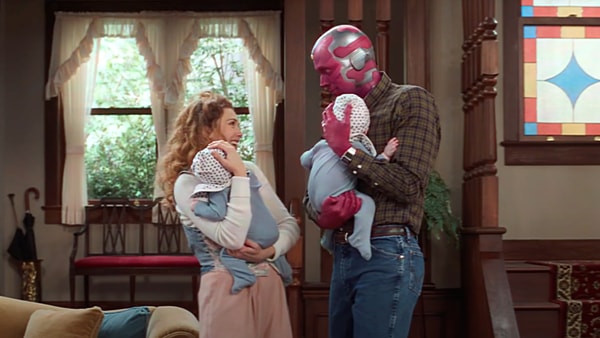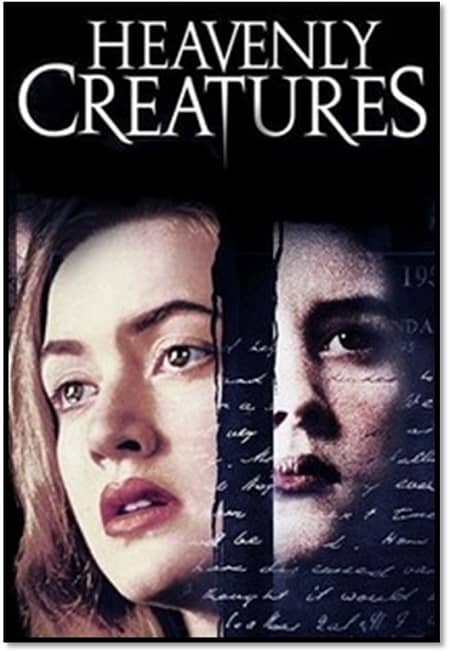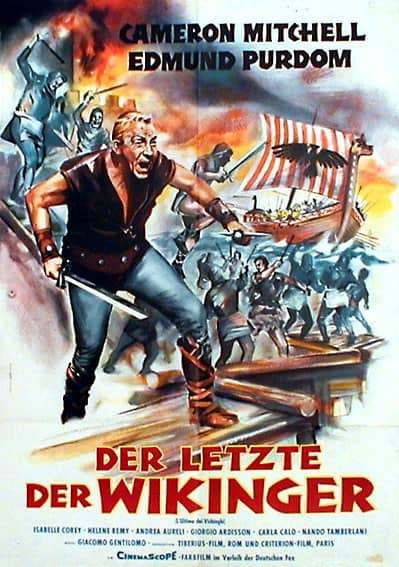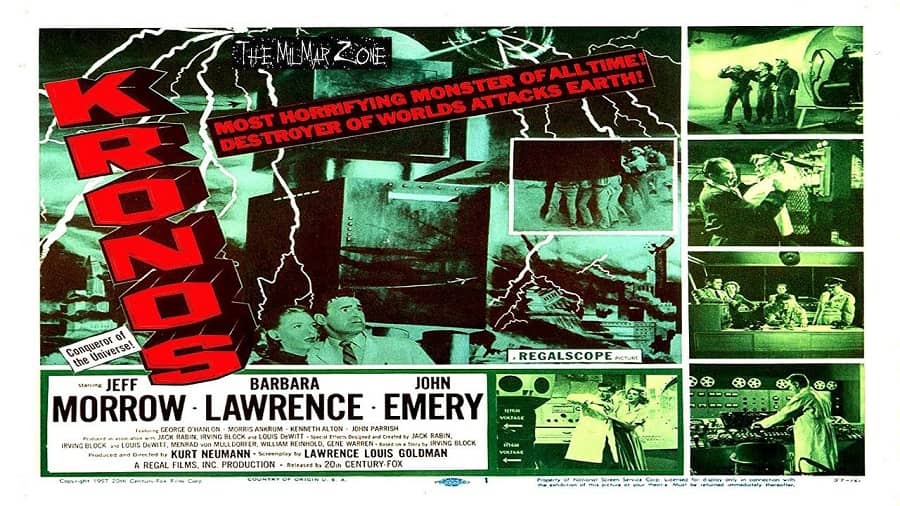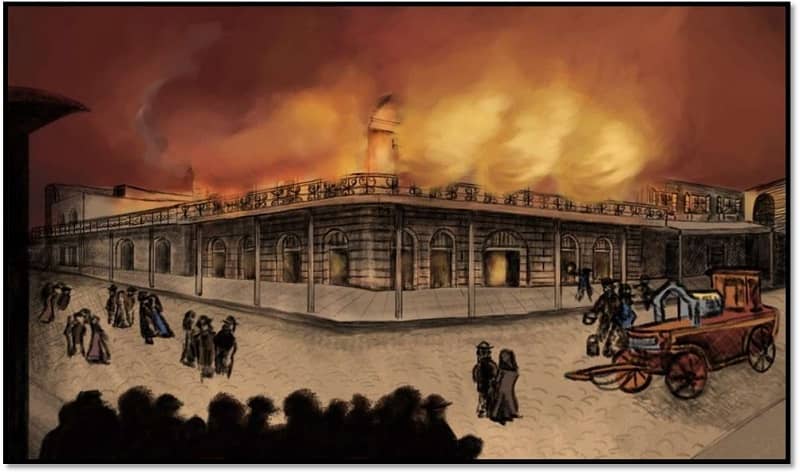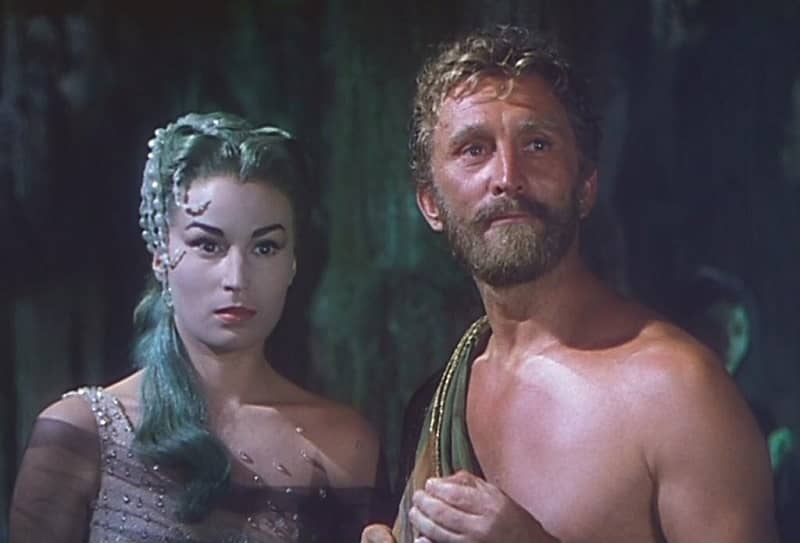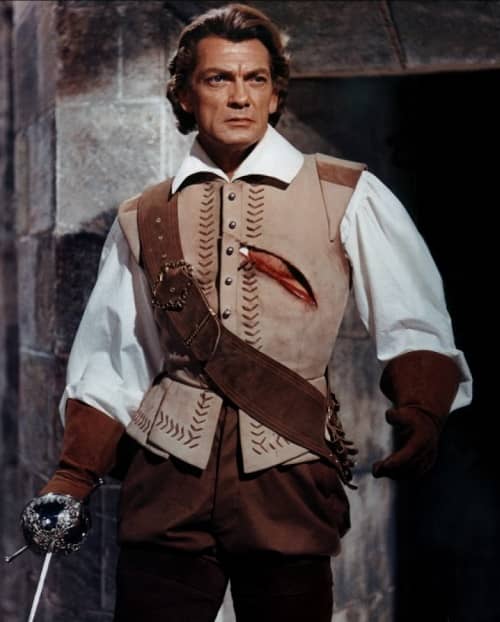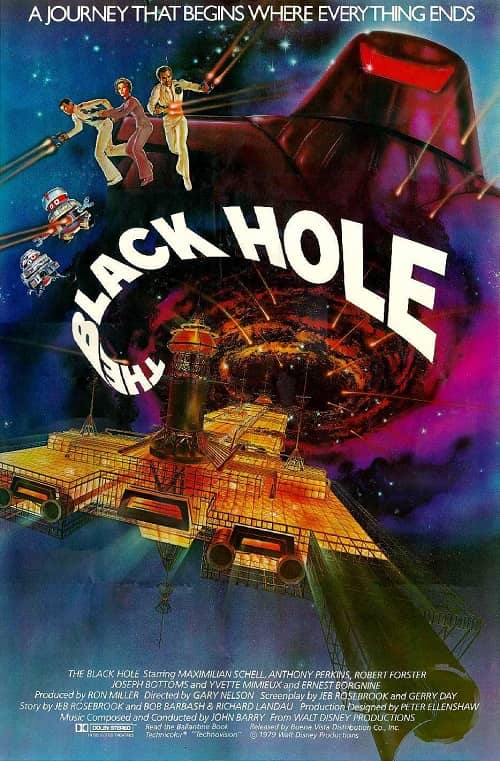Goth Chick News: Devolution Gets Picked Up by Legendary – Let’s Hope They Get It Right
First, let me apologize for not telling you about this last summer. Max Brooks, son of Mel and writer of one of my favorite zombie tales ever, World War Z, dropped another excellent story last year, called Devolution: A Firsthand Account of the Rainier Sasquatch Massacre. I was certain I had written about it until I just went to look for the article and found I did not.
So, let’s start there.
I didn’t grab Devolution the moment it hit the shelves. Why? Because when I read “sasquatch massacre” I pondered the likelihood I could take this book seriously. I mean, come on. Big foot, in most of his iterations, cannot help but evoke images of bad reality TV, insurance commercials and debunked mythos. I wasn’t sure I could set these images aside and willingly go with Brooks into a tale where the words “sasquatch” and “massacre” were used in the same sentence while keeping a straight face.
Having met Brooks on a couple of occasions, I know how seriously he researches his subject matter. We discussed how much of what he describes in World War Z is based in actual science, and how many scientists and doctors he interviewed to get everything just right. So, I should have known better than to think he wouldn’t do exactly the same thing with his topic in Devolution.
